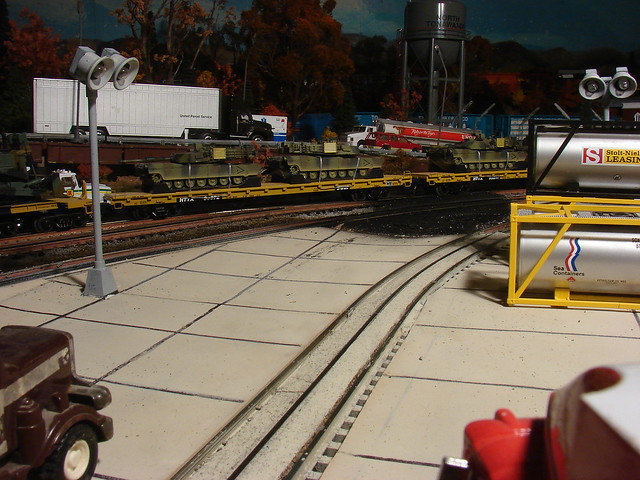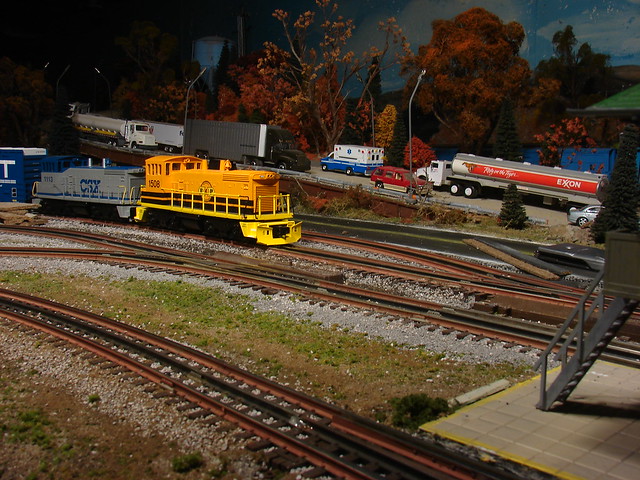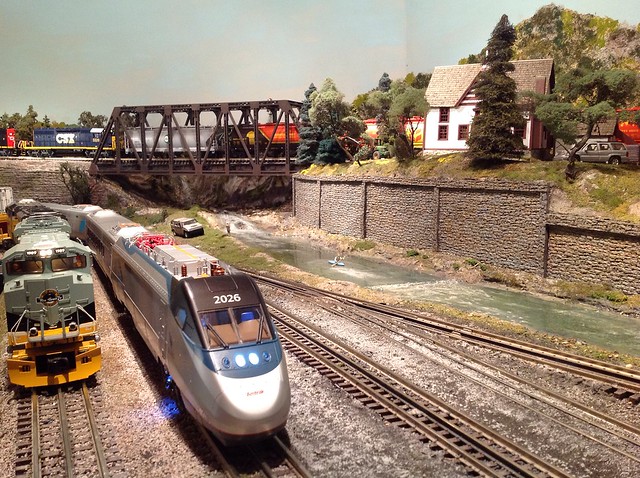I have searched the threads and watched the youtube scenery videos about the best and easiest way to do scenery. However, in my early layout construction, I "did it my way" and patience was not one of my virtues. I now see the error of some of my ways. But now I want to correct some scenic things without starting from scratch. I should point out that my layout is a series of experiments. So I always want to scenic so that I can just tear up a piece of paper kind of and start over w/o destroying too much if that makes sense. My immediate problem areas are track tie coloring, and the areas next to the track and road bed.
1. What color combos are you favorites for atlas ties? (As an experiment, I plan to rattle can the ties and thought about using a bunch of soda straws to cover the rails and slide them along.)
2. What do you use for a base next to the road bed especially between tracks in a yard ? I have tried pieces of card board tacked down and then scenic'd but the card board eventually warped from shrinkage of the drying glue. I had a little better success by using newspaper and cardboard underneath to build up contours and then gluing down just the perimeter edges of grocery bag paper along the layout edge and roadbed and then applying gravel, grass bushes etc. with 50/50 water glue.
Just looking for your expert advice. Thanks.








